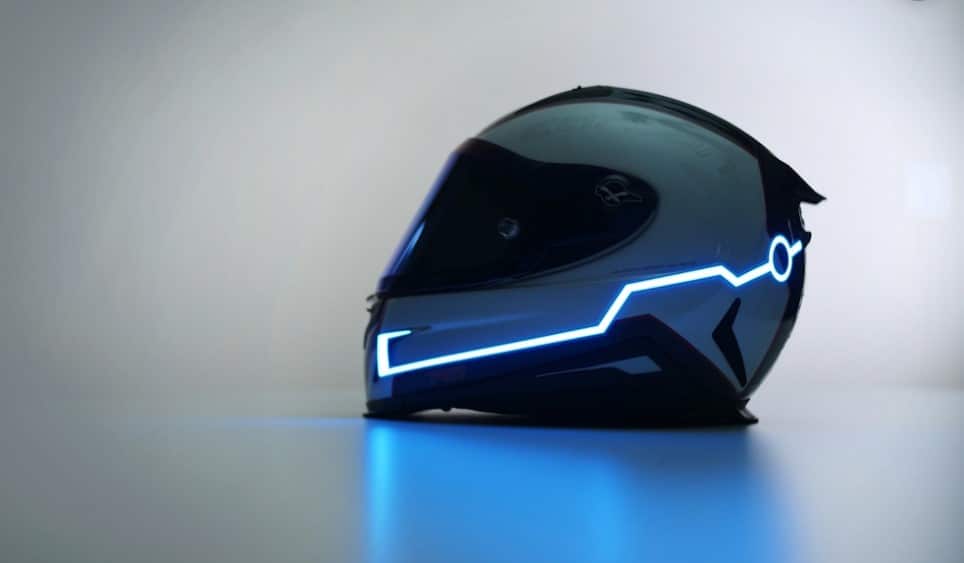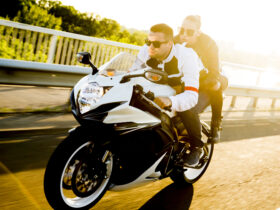There is one thing that all motorcyclists know well: helmets are the most essential and important piece of equipment they will ever have. This piece of safety equipment protects the most important part of your head. This much is very easy to know and understand, but you may be wondering about the different types of helmets, and how helmets protect your skull in the first place.
You do not need to know how helmets work to know how important it is to wear one every time you ride, but this knowledge may help you pick the right kind of helmet to suit your needs. Find your helmet and other best motorcycle gear online.
How Do Helmets Work

The concept behind a helmet is really quite simple and even cheap motorcycle riding gear can make a big difference. Essentially, the helmet is a shock absorber. The interior of the helmet has some material that can be compressed easily. For most helmets, this material is foam, although some more expensive helmets use more advanced materials.
When there is an impact on the helmet, this material compresses, which softens the blow on your head. In other words, the helmet takes the majority of the hit that would otherwise strike your head in full force. Different kinds of helmets are tested with different standards. Someone riding a motorcycle is going to face the possibility of impacts on a completely different scale than someone on a construction site with a hard hat. That is why it is so important to wear a helmet designed for motorcycle riding specifically.
The Different Types of Helmets
There are essentially six different kinds of motorcycle helmets:
• Full face
• Open face
• Half helmet
• Modular
• Off-road
• Dual-sport
The most important aspect to consider when choosing a helmet is its safety standard. If you pick a helmet that is DOT approved, then you likely have nothing to worry about. However, it can be beneficial to choose a helmet that is designed for the specific kind of riding that you have in mind. The first three helmets on this list are all designed for general riding.

Full face provides the most coverage, and generally the best protection because it covers your entire head, including the jawline and glass over the eyes. Open face, or 3/4 helmets as they are often called, are similar but have the face area exposed. Half helmets are even more open, opting only to cover the top of the head. This may sound dangerous, but half helmets still do cover the most vital and fragile part of your head.
The other three kinds of helmets are a little more versatile. Modular helmets have chin bars that flip up, which essentially let you switch between a full face and open-face design. Off-road and dual-sport helmets are both designed for dirt biking, with sun peaks and angular chin guards.
Dual-sport helmets have some features, such as increased warmth, to make it more comfortable when riding on a road too, whereas off-road helmets are only meant to be worn in rough terrain. You can find the helmet and motorcycle casual apparel you need online.













Leave a Reply